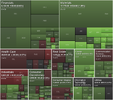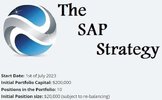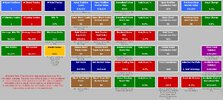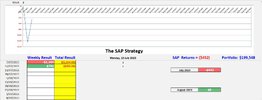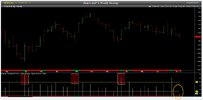- Joined
- 28 December 2013
- Posts
- 6,392
- Reactions
- 24,319
System trading can be a great tool for traders, but keep in mind that it is not a failsafe method by any means. There is no trading method that can guarantee profits or protect against losses. However, utilising a system can assist bring structure and discipline to a trader's approach, increasing the likelihood of long-term success.
Discretionary trading is an alternative to system trading in which trades are made based on a trader's subjective judgement of the market. While discretionary trading provides flexibility and adaptability, it is also susceptible to emotions, biases, and other factors that can lead to poor decision-making.
System trading, on the other hand, relies on objective rules and algorithms to identify and execute trades. This can aid in the removal of emotional biases and the consistency of trading decisions.
Overall, while system trading may not always work, it can be a useful tool for traders who wish to approach the market with discipline and structure. Traders can boost their chances of long-term success by combining a well-developed method with effective risk management practices.
Skate.
Discretionary trading is an alternative to system trading in which trades are made based on a trader's subjective judgement of the market. While discretionary trading provides flexibility and adaptability, it is also susceptible to emotions, biases, and other factors that can lead to poor decision-making.
System trading, on the other hand, relies on objective rules and algorithms to identify and execute trades. This can aid in the removal of emotional biases and the consistency of trading decisions.
Overall, while system trading may not always work, it can be a useful tool for traders who wish to approach the market with discipline and structure. Traders can boost their chances of long-term success by combining a well-developed method with effective risk management practices.
Skate.

